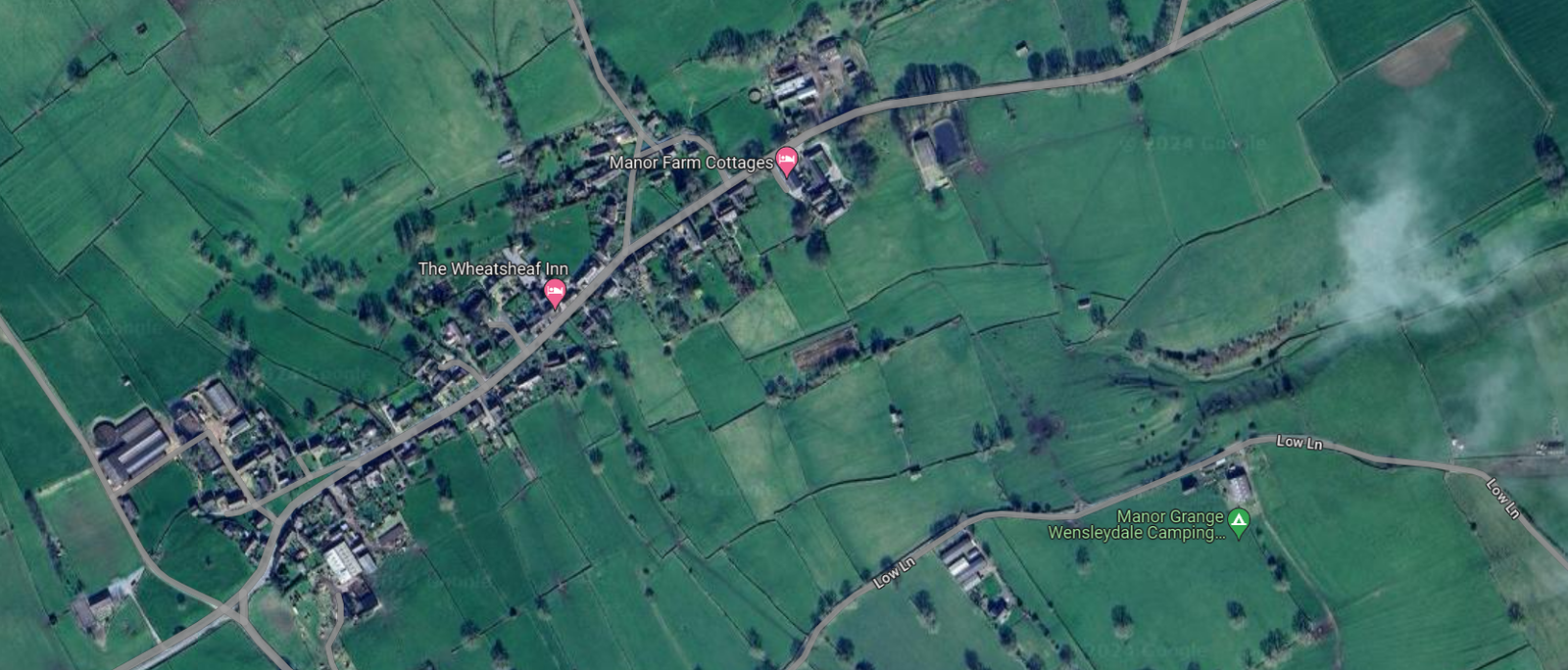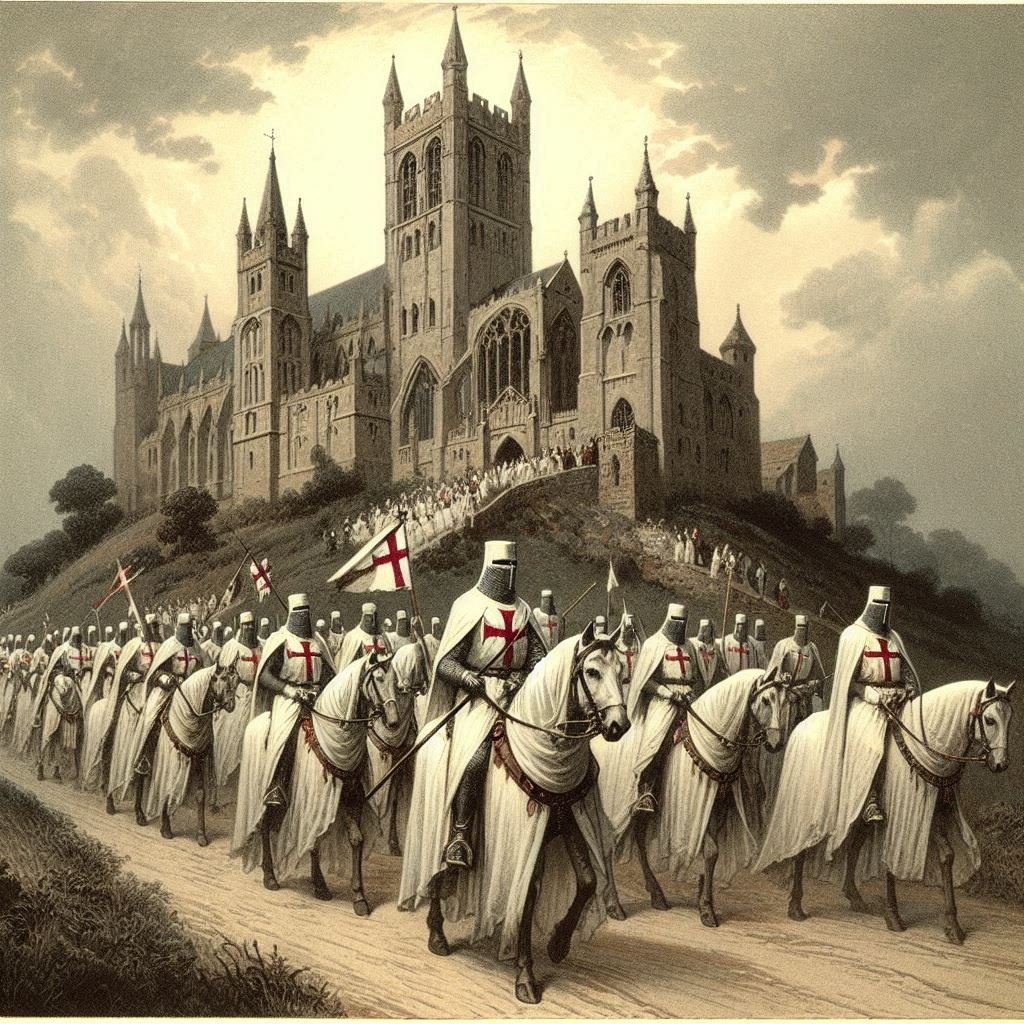Contents
Site Details:
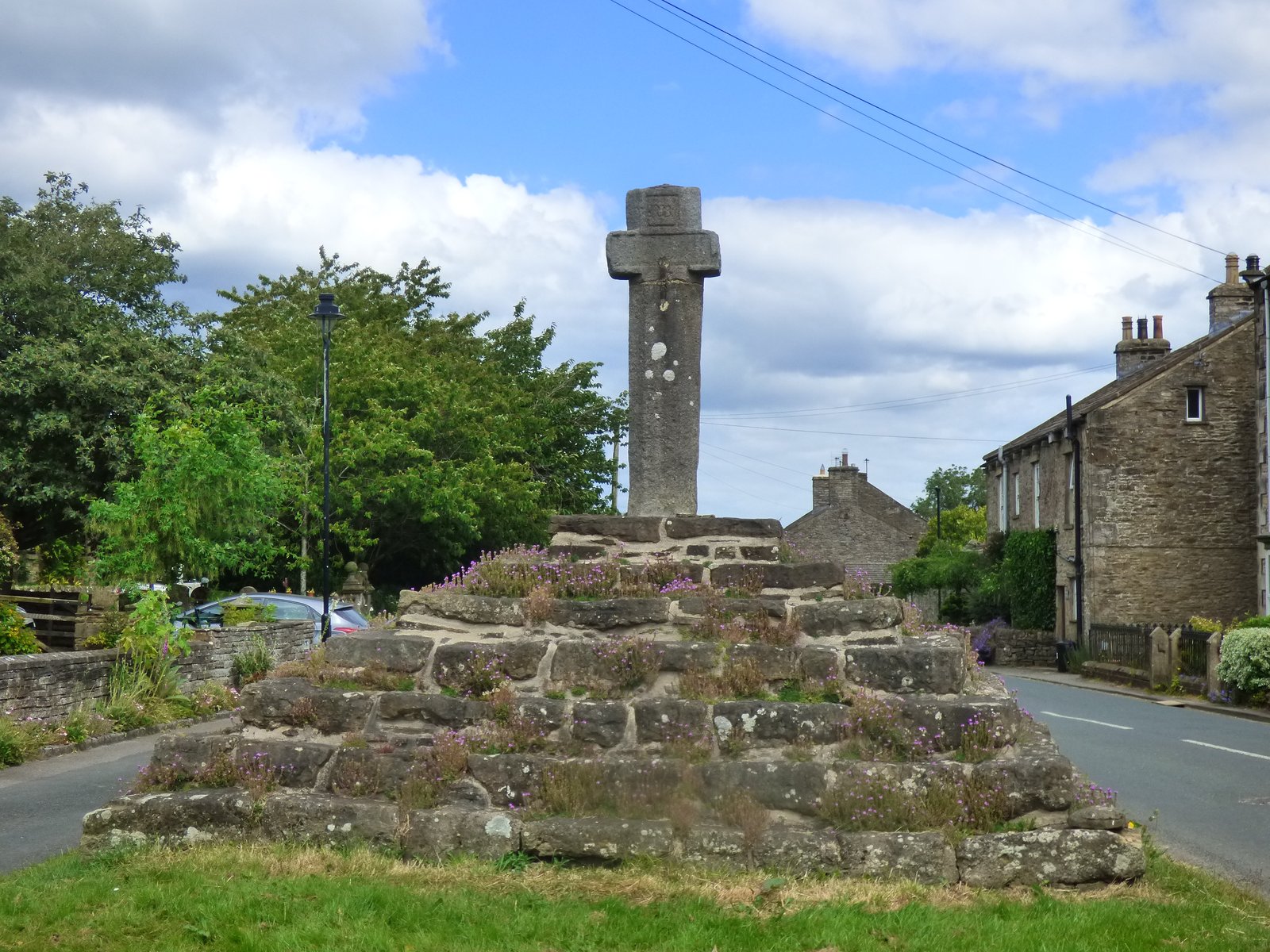 The Carperby Market Cross is a historic monument located in the village of Carperby, Wensleydale, England. This sandstone cross, with its octagonal tapering shaft set upon a base of seven square steps, stands as a testament to the village's market rights, which were originally granted in 1305.
The Carperby Market Cross is a historic monument located in the village of Carperby, Wensleydale, England. This sandstone cross, with its octagonal tapering shaft set upon a base of seven square steps, stands as a testament to the village's market rights, which were originally granted in 1305. 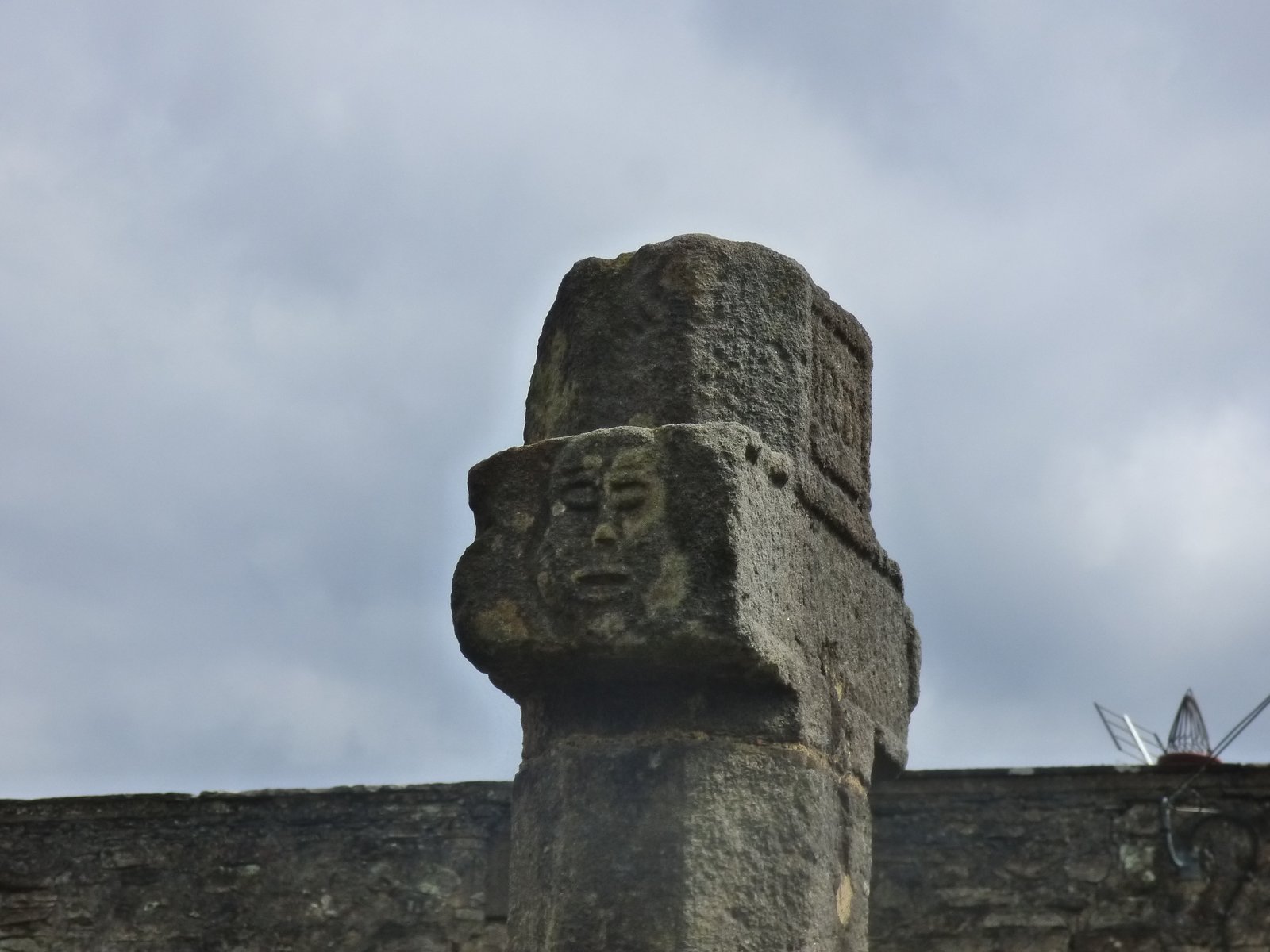 Although it is believed that Carperby ceased to hold markets around 1587 when nearby Aysgarth rose to prominence, the market was revived in the 17th century. It is possible that the Carperby Market Cross was erected to commemorate this revival, with the date 1674 inscribed on the east face of the cross's arms, and the restoration date of 1843 on the west face, alongside the initials "RB".
Although it is believed that Carperby ceased to hold markets around 1587 when nearby Aysgarth rose to prominence, the market was revived in the 17th century. It is possible that the Carperby Market Cross was erected to commemorate this revival, with the date 1674 inscribed on the east face of the cross's arms, and the restoration date of 1843 on the west face, alongside the initials "RB".  These dates and details are not just etched in stone but also recorded in the annals of history. The cross's design features recessed square panels on the arms and face masks in bas-relief on the ends, adding to its historical and architectural significance.
These dates and details are not just etched in stone but also recorded in the annals of history. The cross's design features recessed square panels on the arms and face masks in bas-relief on the ends, adding to its historical and architectural significance. 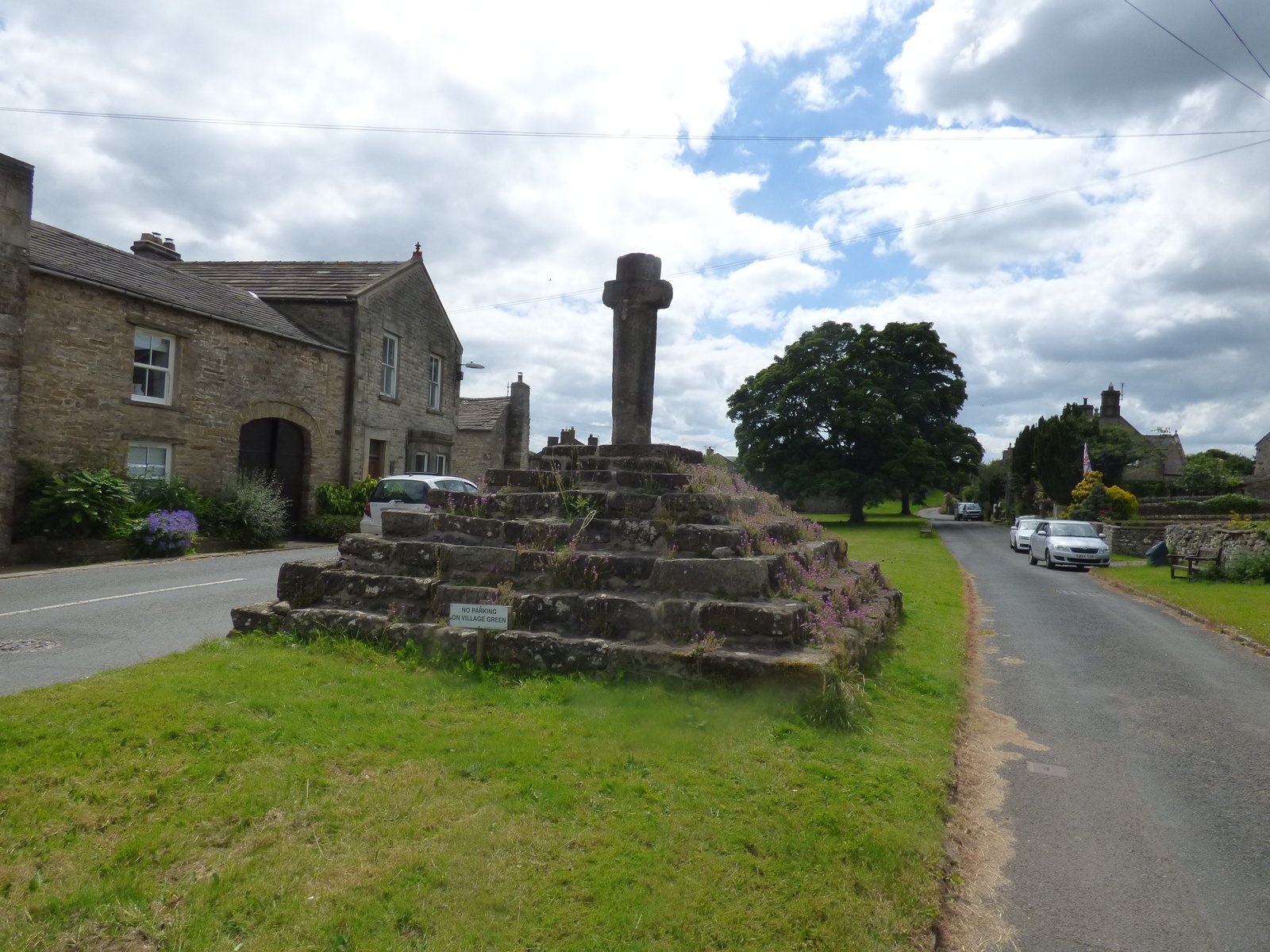
Other Notes:
Celtic Heads and the relationship with the heads on the Carperby Cross
The presence of face masks on the Carperby Market Cross raises intriguing questions about the continuity of artistic traditions. While these masks are a feature of post-medieval art, their form and symbolism can be seen as a continuation of earlier, archaic motifs that have persisted through various cultural epochs and referenced generally as Celtic Heads.
The archaic forms, particularly in the context of British art, often carry deep-rooted symbolic meanings that transcend their original time periods, adapting to new contexts while retaining a connection to their ancient origins, many have suggested these are vestigial memories of the deities and ancestors from the ancient past, as they have been found in Iron-Age and Roman contexts.
In the broader scope of art history, it is not uncommon for certain motifs and artistic forms to be revived or maintained across centuries, serving as a bridge between the past and the present. This phenomenon is evident in the way medieval art in the British Isles has been reassessed, recognizing the enduring influence of diverse linguistic, religious, and artistic cultures. These cultures, while shaped by colonial encounters and global networks of exchange, managed to preserve their complexity and distinctiveness, as seen in the survival of certain archaic forms within post-medieval art.
The face masks on the Carperby Cross, while stylistically aligned with the 17th century, may indeed echo the archaic tradition of carving heads or faces, which was prevalent in various forms across Europe during the Iron Age. These carvings, often imbued with religious or protective significance, have been found in many regions once inhabited by Celtic tribes, suggesting a widespread cultural practice that has left its mark on subsequent artistic expressions.
Moreover, the integration of archaic forms into later art can be seen as a conscious choice by artists and patrons to evoke a sense of antiquity and continuity. In the case of the Carperby Cross, the inclusion of face masks could be interpreted as an attempt to connect the revived market tradition with a longer historical narrative, one that reaches back to the ancient past and imbues the cross with a greater depth of meaning.
Site Gallery
Gallery Empty





